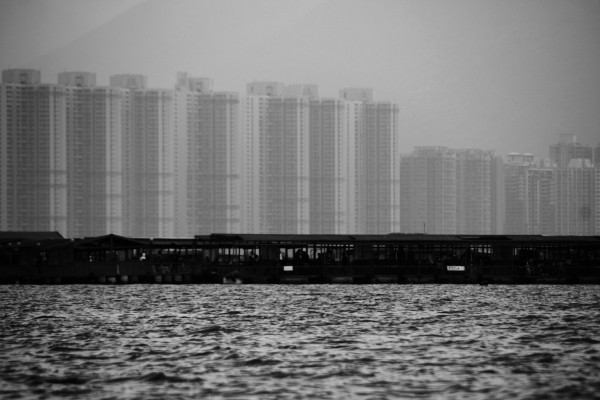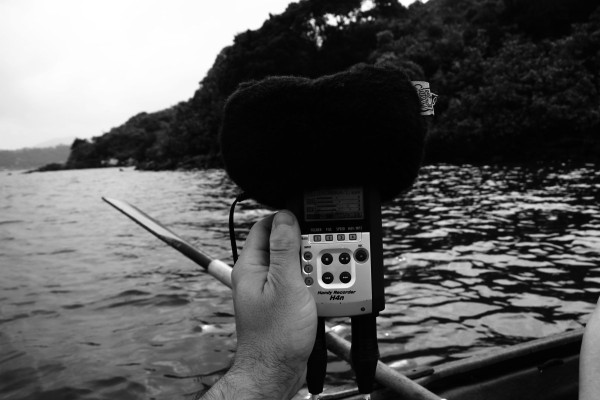Listen 來聽
Learning Curves, Shing Mun River 探索城門河曲線
Listen 來聽 / Meanderings - Artist Commission 咫尺 – 藝術家委約項目 / Learning Curves, Shing Mun River 探索城門河曲線 by Alessandro Carboni
Alessandro Carboni / Li Wai-mei/ 李慧美
The Library by soundpocket Artist in Residence 2013/ 聲音圖書館藝術家駐留計劃 2013
Research/ 研究: 01/24/2013- 04/06/2013
Shing Mun River/ 城門河
artificial, natural, Shing Mun River, 交接點, 人為, 城門河, 自然
Mapping Shing Mun River
Alessandro Carboni [thereafter AC]: I tell stories about transformation, a phenomenon I noticed during my exploration around Shing Mun River, a river that runs through the Shatin area. The river becomes the place of contact between two points: the natural landscape in a particular coastline, the river and the mountains, and the artificial landscape that is the consequence of activities of production in social, cultural and environmental life in various neighborhoods from Tai Wai up north to Tai Po. The river is the key element of the transformation, a tangible landscape system that is a balance where all natural and artificial elements can be variably connected.
Li Wai-mei, The Library’s Strategic Outreach Officer [thereafter LWM]: I assisted Alessandro during his 2-month residency in Hong Kong, mainly in interpretation and liaison with various parties. I have lived in Shatin for over twenty years. Except for some new properties offered on the market, shopping malls getting more crowded, and the disappearance of some small shops, I seldom observe carefully the changes of this district. As Alessandro began exploring themes, gathering information and creating, the chance came up for me to rediscover my home place. It was then I started to think about the relationship between individuals and land transformation.
城門河圖析
Alessandro Carboni[下簡稱AC]: 我講述的故事關於城門河的變遷,關於從探索這條貫穿沙田區域的河流所發現到的一些現象。城門河是自然景觀(獨特的海岸線、河流和山脈)和人為景觀(大圍至大埔的社會、文化和環境等生產活動的結果)的交接點。城門河: 一個有形的景觀系統,自然與人工元素相互牽連,是變遷的關鍵。
李慧美,聲音圖書館策略外展主任[下簡稱LWM]: Alessandro在香港駐留的兩個月期間,我擔當助手,做聯絡及傳譯的工作。住在沙田二十多年的我,除了偶爾會注意到新樓盤在開售、商場的人流越來越旺、一些小商店的消失,我其實甚少仔細觀察這個地區的變化。看著Alessandro發掘題材、整理資料、進行創作,我彷彿重新認識這個地區,也開始思考地域變遷與個人的關係。


